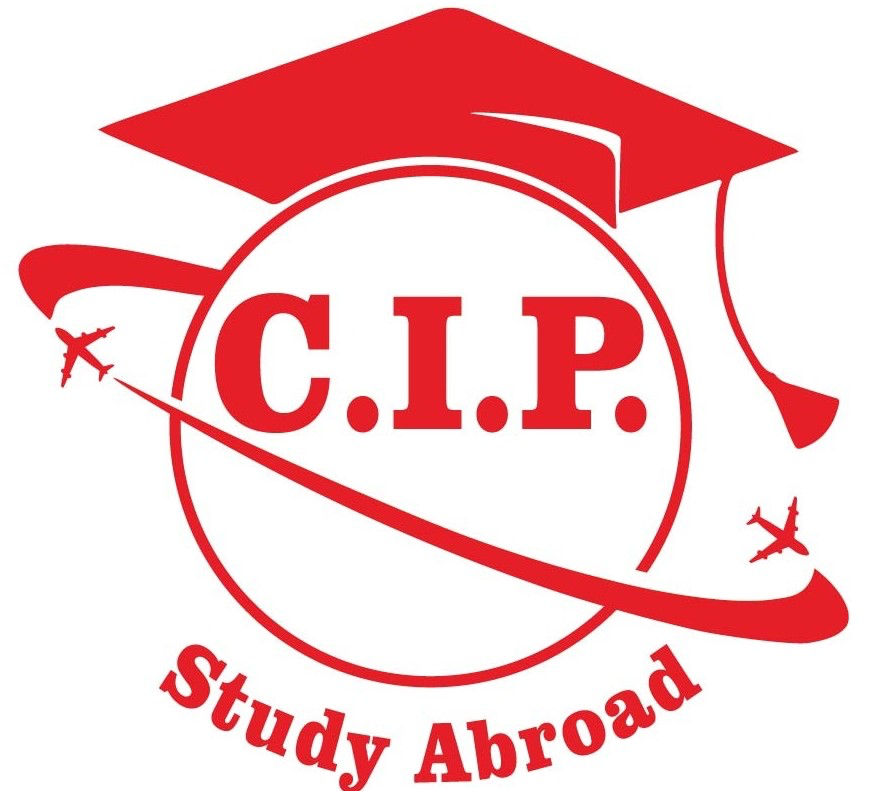
Canada’s education system consistently ranks among the best in the world, attracting students from across the globe. From primary to post-secondary education, Canada is known for its high academic standards, accessibility, and focus on inclusivity and innovation. But what exactly makes the Canadian education system stand out? In this article, we’ll explore the key features that contribute to Canada’s reputation as a global leader in education.
1. Publicly Funded and Accessible Education
One of the most remarkable aspects of the Canadian education system is its accessibility. Canada provides publicly funded education at the primary and secondary levels, making it available to every child in the country, regardless of their background or socio-economic status.
- Free public education: Every child has the right to attend public school in Canada, from kindergarten to the end of high school, at no cost to the family. This ensures that students from all backgrounds have equal access to education.
- Provincial control: While the federal government oversees broad educational policies, education in Canada is governed at the provincial and territorial levels. This allows regions to tailor their curricula to meet local needs while adhering to high national standards.
2. High-Quality Teaching and Teacher Training
Canada places a strong emphasis on the quality of its teachers, which has a direct impact on student success. Teachers in Canada are highly qualified, and their rigorous training and continuous professional development ensure they stay up to date with the latest teaching methods and technologies.
- Teacher qualifications: Canadian teachers must hold a bachelor’s degree and complete a specialized teacher education program, which typically includes practical classroom experience.
- Ongoing professional development: Teachers in Canada regularly participate in professional development opportunities to enhance their skills and stay current with educational trends and technologies.
3. Focus on Student Well-being and Inclusivity
Canada is known for its inclusive approach to education, ensuring that all students, regardless of their abilities, ethnicity, or socio-economic background, receive support to succeed academically and personally.
- Special education services: Schools in Canada offer various support services for students with learning disabilities, physical disabilities, or other special needs. These services help ensure that every child can access an education suited to their individual needs.
- Diverse and multicultural classrooms: With Canada being a highly multicultural society, classrooms reflect this diversity. Schools emphasize respect, inclusivity, and cultural understanding, providing a supportive environment for students from all backgrounds.
4. Bilingual Education
Canada is officially bilingual, with English and French being the two national languages. As a result, the education system supports bilingual education, particularly in provinces like Quebec, where French is the dominant language, and in other parts of the country with strong Francophone communities.
- French immersion programs: Many Canadian schools offer French immersion programs, which allow students to learn both French and English from a young age. These programs not only enhance language skills but also promote cognitive development and cultural awareness.
- Support for Indigenous languages: In recent years, there has been a growing emphasis on incorporating Indigenous languages and cultures into the curriculum, particularly in schools located in Indigenous communities.
5. Innovative Curriculum and Global Recognition
Canada’s education system is known for its forward-thinking approach to curriculum design, with a focus on critical thinking, creativity, and problem-solving. Students are encouraged to think independently, collaborate with their peers, and apply what they learn to real-world situations.
- STEM and innovation: Canadian schools emphasize science, technology, engineering, and math (STEM) education, preparing students for careers in rapidly growing fields like artificial intelligence, environmental sciences, and engineering.
- Global recognition: Canada consistently ranks highly in international education assessments like the Programme for International Student Assessment (PISA), which evaluates reading, mathematics, and science literacy among students. Canadian students consistently perform well, particularly in reading and science.
6. Pathways to Higher Education
Canada’s post-secondary institutions are renowned globally for their academic excellence. Canadian universities and colleges attract students from around the world, offering a wide range of programs and degrees that are recognized internationally.
- High-quality universities and colleges: Institutions like the University of Toronto, McGill University, and the University of British Columbia are frequently ranked among the top universities in the world. Canada also offers highly respected technical colleges and vocational schools.
- Affordable tuition and financial aid: Compared to many other countries, Canada offers relatively affordable tuition fees for higher education. Additionally, there are numerous scholarships, grants, and financial aid programs available to support both domestic and international students.
7. Strong Support for International Students
Canada is one of the top destinations for international students, and for good reason. The country offers a welcoming and supportive environment for students from all over the world, along with numerous opportunities for work and permanent residency after graduation.
- Post-Graduation Work Permit (PGWP): International students who graduate from a Canadian post-secondary institution are eligible for a post-graduation work permit, allowing them to work in Canada for up to three years and potentially transition to permanent residency.
- Welcoming policies: Canadian institutions often provide specialized support services for international students, including orientation programs, academic advising, and career services to help them adjust to life in Canada and succeed academically.
8. Emphasis on Lifelong Learning
Canada promotes the idea of lifelong learning, ensuring that education does not stop at graduation. The country offers various adult education and continuing education programs, helping individuals develop new skills and adapt to changes in the job market.
- Adult education programs: Whether through community colleges or online courses, adults can pursue additional qualifications, certifications, or even career changes later in life.
- Government support: The Canadian government and provinces offer various financial incentives and grants for adult learners, making it easier for people to return to school or upgrade their skills.
Conclusion: Why Canada’s Education System Stands Out
Canada’s education system is globally recognized for its quality, inclusivity, and innovative approach to learning. From free public education and highly trained teachers to a diverse and welcoming environment for international students, Canada has built an educational framework that prioritizes student success at all levels. Whether you’re a student looking for academic excellence or a parent seeking a top-tier education for your child, Canada’s system offers unparalleled opportunities and support, making it one of the best in the world.











